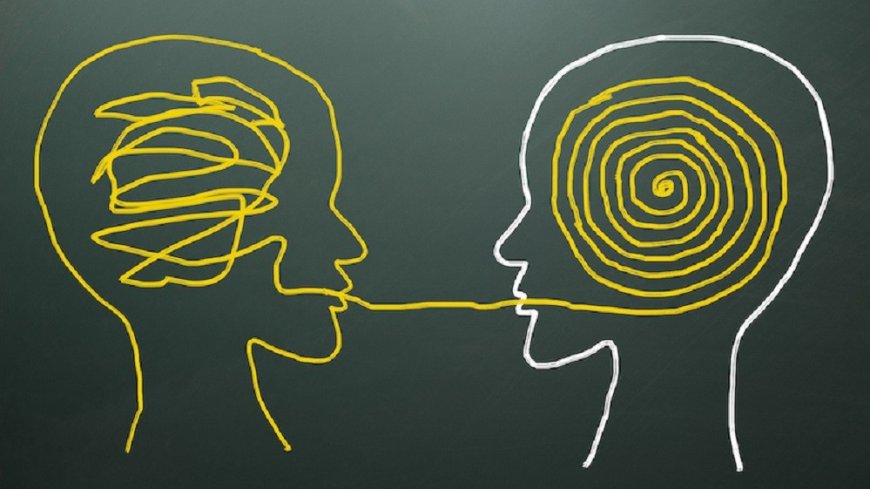Language disorders in childhood and adolescence
a code understandable both for him and for those who make up his environment. Language disorders in childhood and adolescence.

The early detection of these types of disorders is of crucial importance in the developmental development of the child, since optimal literacy learning is related to their ability to decode and analyze symbols (letters) and sets of symbols (words) and its correct transformation into a code understandable both for him and for those who make up his environment. Language disorders in childhood and adolescence.
For this reason, we consider it necessary to carry out a review of the main written language disorders that can occur during the first stages of our life:
- Dysgraphia
In our article today we are going to specifically deal with the most widely known written language disorder, such as Dyslexia, to address in our next artical the main characteristics that define both Dysorthography and Dysgraphia.
Dyslexia; It lies in the child's inability to learn and develop his writing normally, being able to establish a difference, in turn, between Evolutionary Dyslexia, related to the child's level of maturation and which usually has a normally transitory character, and Symptomatic Dyslexia o Secondary, associated in this case with the existence of neurological problems.
In this sense, it will be necessary to analyze the level of difficulty of the minor towards any of the following aspects:
The ability to recognize and memorize the letters or groups of letters that make up their alphabet.
The absence of order or rhythm in the placement of the letters with respect to the criteria established for the formation of each word.
The perception of an incorrect structuring of the sentences according to the established grammar rules.
From this evaluation, the most appropriate speech therapy treatment can be established for the reduction or elimination of dyslexia in the minor, which in the case of Symptomatic Dyslexia must be accompanied by a greater multidisciplinary approach, to act on the neurological problems that affect to your literacy skills.
Dysorthography; it is a specific writing disorder, since it is based on the substitution or omission of letters in the construction of a written message, due to the presence of difficulties in establishing an optimal association between the written code itself and the established spelling norms in the child's language and writing the words.
Therefore, the presence of Dysorthography can be identified by the difficulty of association between sounds and their writing, or by the existence of problems in the integration and assimilation of the established orthographic regulations, or in the conjunction of both elements.
Must Read: Conclusions on the phenomenon of child overprotection
In this sense, it is not possible to speak of the presence of Dysorthography due to the appearance of occasional spelling mistakes, but only when the sequencing of errors is systematic and repeated.
Its treatment does not entail the establishment of specific measures of action, beyond the warning of the error and the didactic exposition of those orthographic rules on which the boy or the girl presents greater difficulties of assimilation.
Dysgraphia; Its appearance lies in a functional disorder, associated with the difficulty of coordination of the muscles of the hand and arm, which affects the quality of the child's writing, whether it affects the entire written content, called Lexical Dysgraphia, as if it manifests itself in a specific way in the form of the letters, where we will speak of Motive or Calligraphic Dysgraphia.
This written language disorder can begin to be considered as such from 7 or 8 years of age, since previously the diagnosis could be distorted by those characteristics of the child's immaturity.
Contrary to what can be presumed, the treatment of Dysgraphia should not consist of a greater exercise of writing by the child, but should be oriented towards overcoming those difficulties that affect the quality of their writing, through of activities aimed at increasing their global and manual coordination, until they achieve a totally normal writing style.
